Explore CMT's Research Library
Backed by the world’s largest dataset on driver risk, CMT’s research delivers unparalleled insights, from distracted driving trends to the unique risks of electric vehicles. Explore our reports for the latest driving behavior insights that can help you shape road safety initiatives and safe driving programs today.
Get the highlights
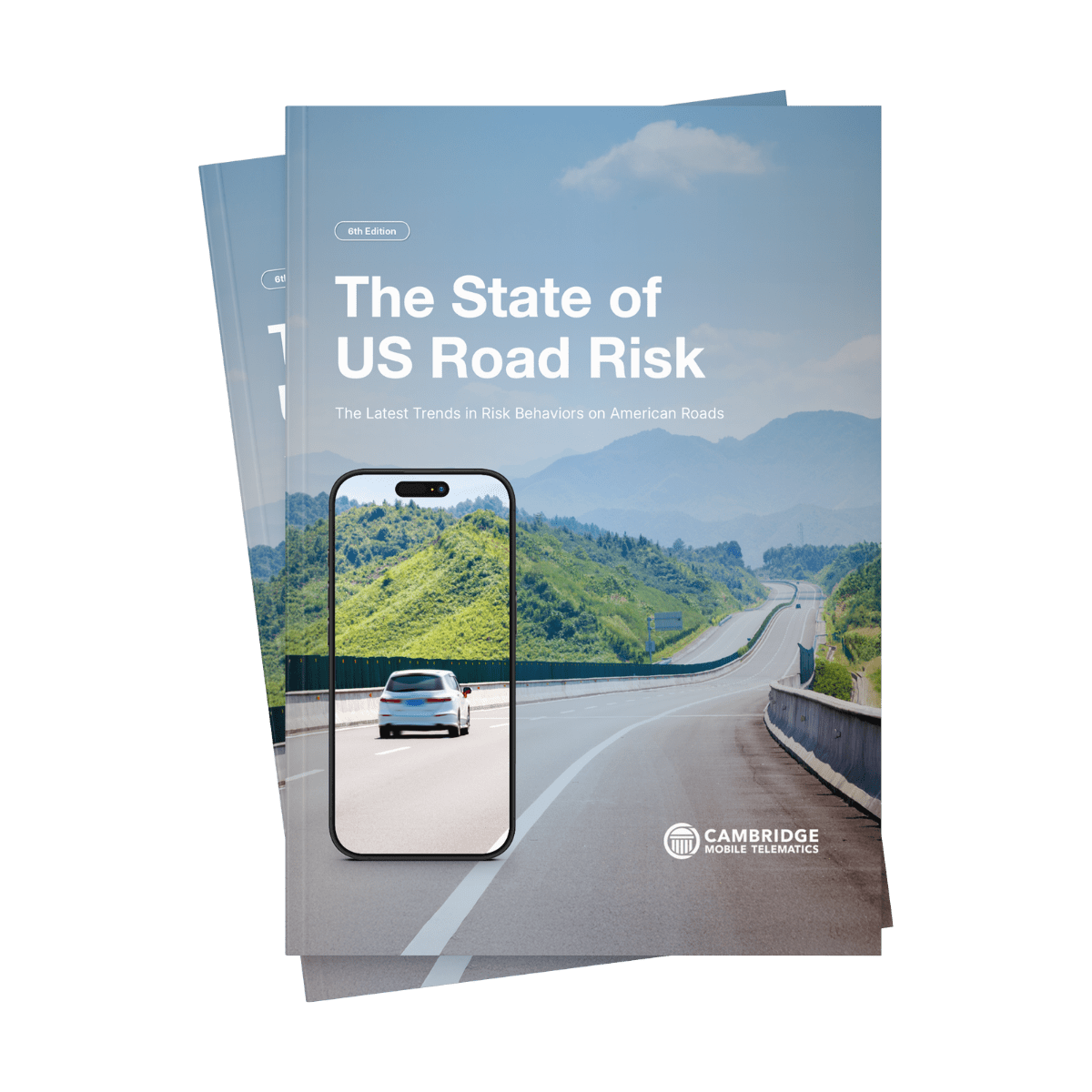
The most comprehensive research available on naturalistic distracted driving behaviors at scale.
Key Finding: In 2024 distracted driving fell by 8.6% in 2024—the largest decline in five years. CMT estimates this reduction helped prevent 105,000 crashes, 59,000 injuries, 480 fatalities, and nearly $4.2 billion in economic damages.

The apps that drivers admit they use and what this means for road safety
Key Finding: Speed, ease, and immediate access to goods, services, and information are increasingly prioritized at the expense of safety, as apps like Amazon and McDonald’s made the top 10.
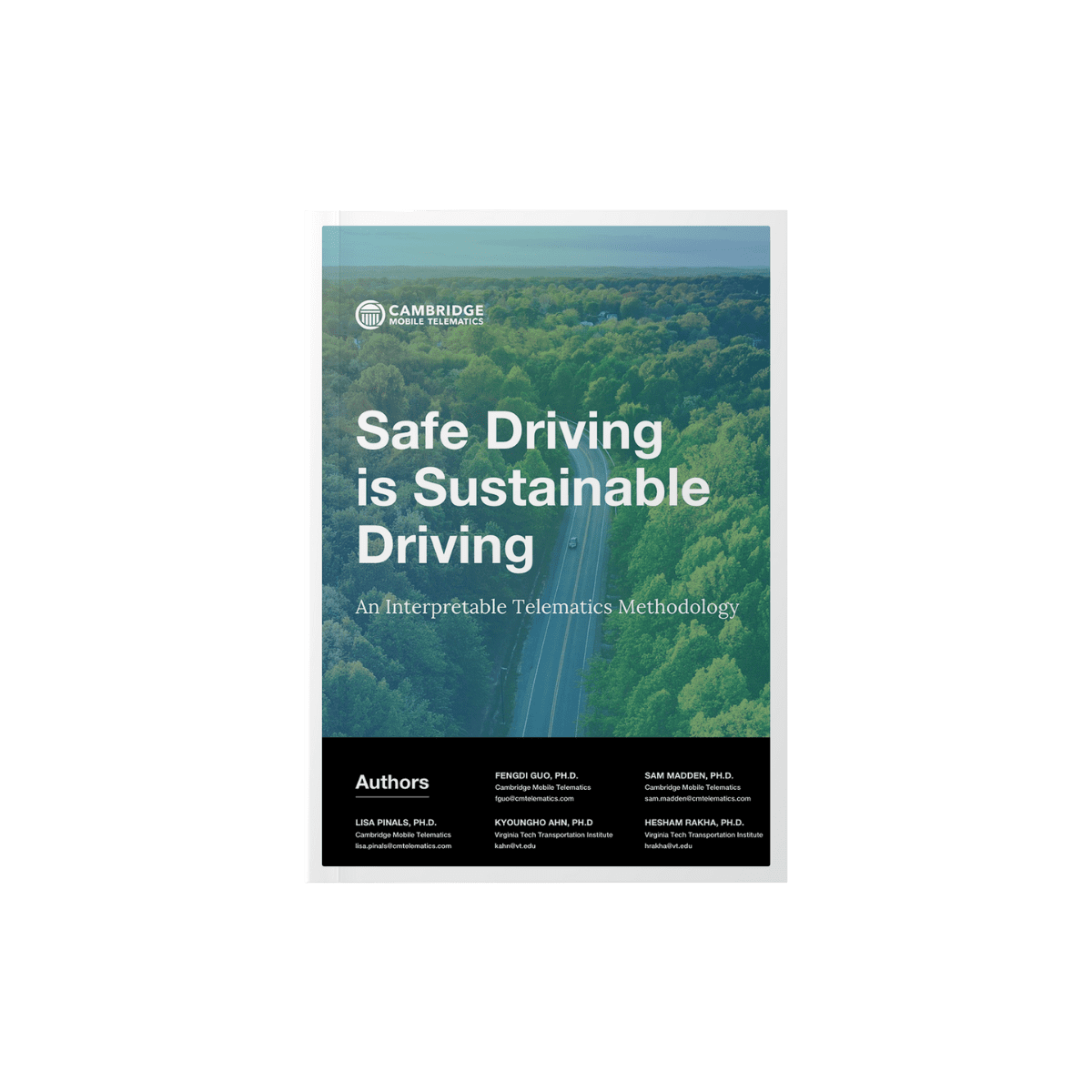
Conducted in collaboration with Virginia Tech Transportation Institute, this study breaks ground in driving efficiency research.
Key Finding: Safe drivers are over 5% more fuel-efficient than high-risk drivers. This could save SUV owners over $190 annually on fuel.
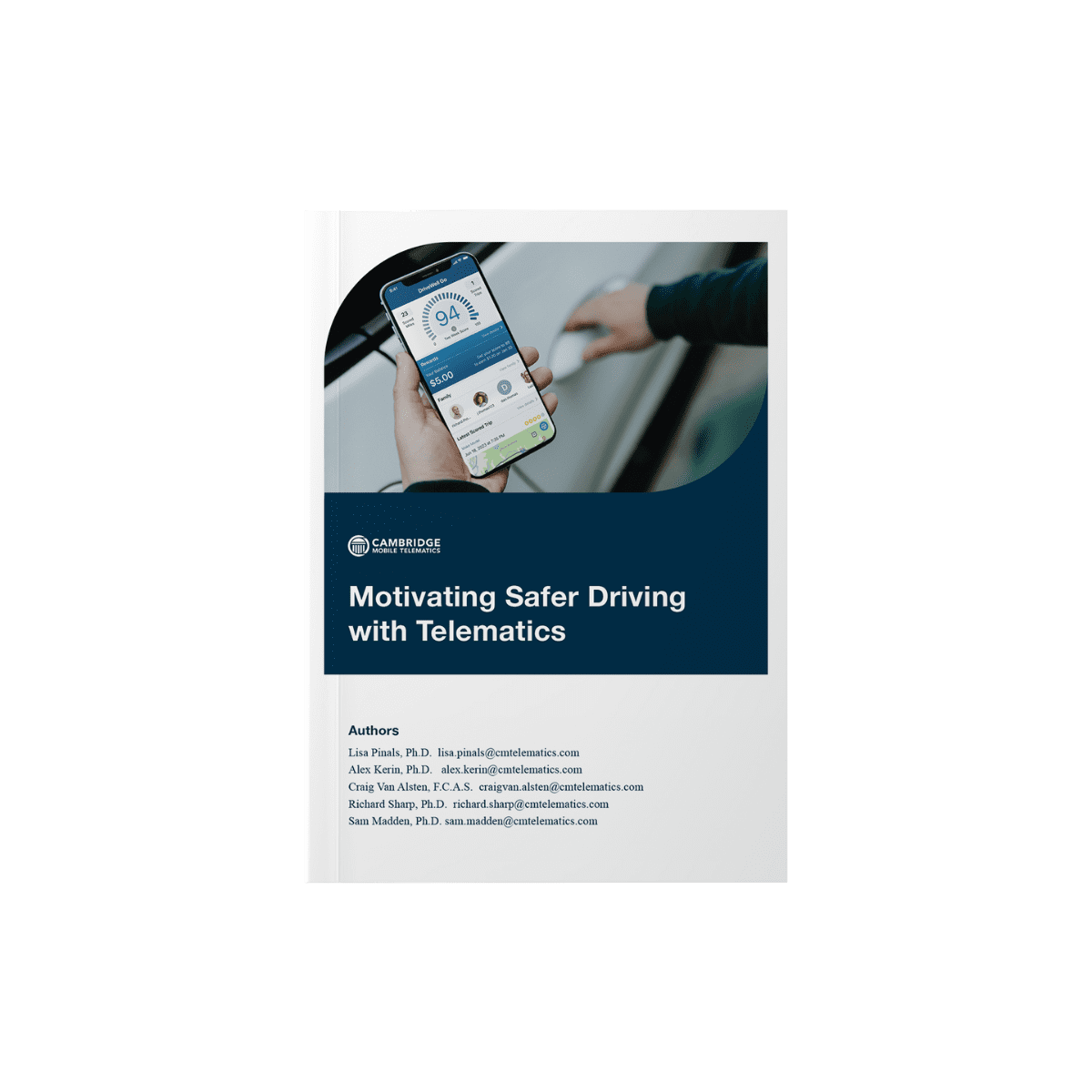
The study offers an in-depth look at the crucial role user engagement in telematics programs plays in reducing road risk.
Key Findings: Highly engaged, high-risk drivers improved distracted driving by 20%, hard braking by 9%, and speeding by 27%. Improved performance among the riskiest drivers would result in a 5.5% reduction in bodily injury claims.
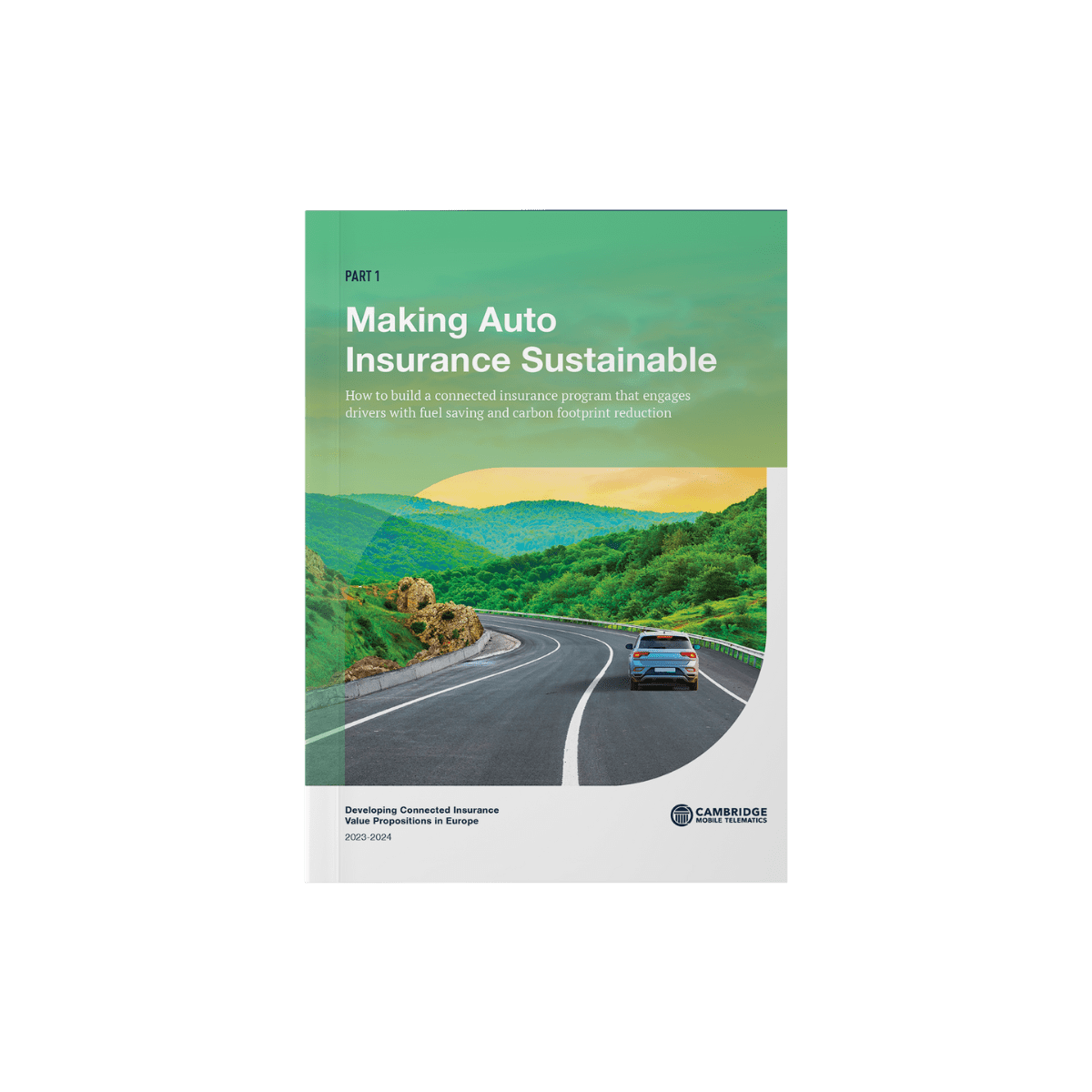
The report offers European insurers a toolkit to build value propositions that will drive sustainable insurance. It examines consumer demand, industry strategies, and sustainability’s role in customer engagement.
Key Finding: 78% of European drivers are concerned about climate change, and over 20% want to take action but don’t know how. Of those unsure, 77% would download an insurance app that helps them reduce their carbon footprint.
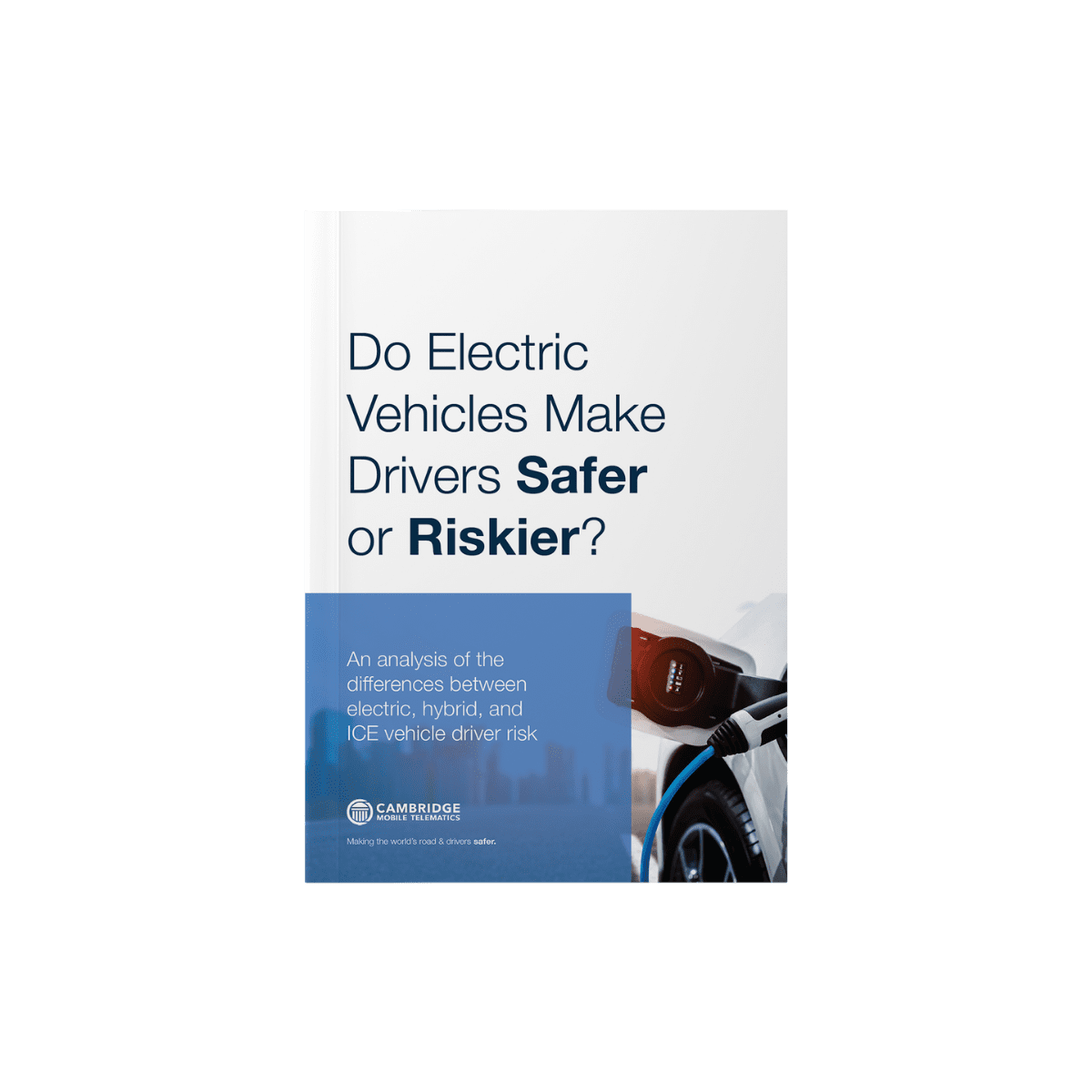
A first-of-its-kind analysis into how driving behavior changes in different vehicles, proving that electric, hybrid, and traditional vehicles have unique risk factors.
Key Finding: Drivers of compact EVs had 3x higher acceleration risk than ICE vehicle drivers, and Tesla drivers had 4.5x more acceleration risk.